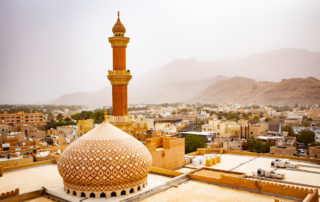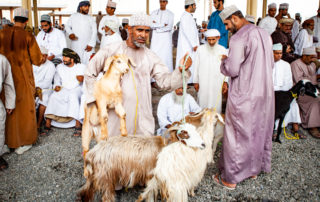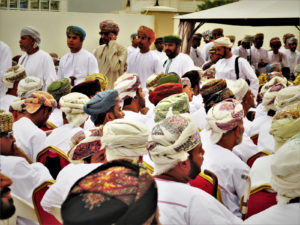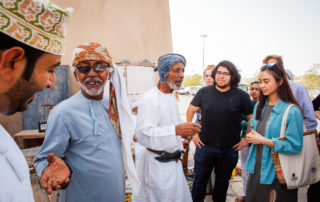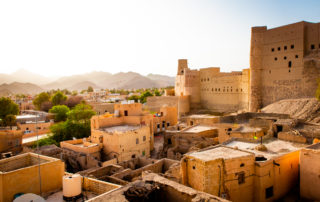Places
Geographic Diversity
The Sultanate of Oman is defined by its incredible geographical diversity. With an area comparable to New Mexico or Poland and a population of 4.5 million, Oman boasts a unique blend of pristine coastline, rugged mountains, lush oases, seasonal rainforests, colorful deserts, and modern cities. It’s no surprise that Oman was featured on the New York Times’s 52 Places to Visit in 2023 and ranked in the top ten of Lonely Planet’s Best in Travel 2022. Prepare to be captivated by Oman’s unparalleled natural wonders and vibrant urban landscapes.
Fortresses
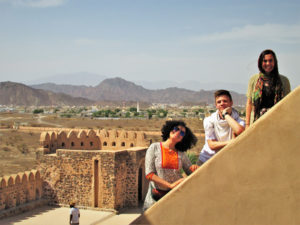
Oman’s diverse landscape proudly showcases over 500 historic fortresses and towers, bearing witness to the nation’s illustrious past. These formidable structures served as guardians of trade routes, thwarted Persian and Portuguese invasions, and safeguarded Oman’s ruling families. Crafted from mud brick, stucco, and stone, these forts have withstood the test of time. Perched on hills, nestled among colossal boulders, or nestled beneath majestic mountains, each fortress holds a unique story. Among them, Bahla Fort stands tall as Oman’s largest fort, earning its designation as a UNESCO World Heritage Site. Explore these mighty fortresses and unlock Oman’s rich historical legacy.
Rugged and Untouched Landscapes
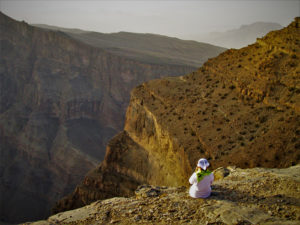
Oman’s awe-inspiring landscapes stand as its most recognized feature. The majestic Hajar Mountain range, thrust into the sky by ancient tectonic forces, shaped the Sultanate’s distinct scenery. From the renowned deserts of the Empty Quarter and Sharqiyah Sands to the rugged valleys of Wadi Bani Khalid and Wadi Shab, and the captivating coastal areas of Musandam and Ras Al-Jinz, each location reveals a unique beauty. Jabal Akhdar and Jabal Shams showcase breathtaking mountain vistas, while central Oman’s flat deserts yield abundant oil and gas reserves.
To the west lies Dhofar, a region distinguished by bowl-shaped mountains that serve as a barrier between the sea and the Empty Quarter desert. During the summer months (late June to early September), Dhofar undergoes a remarkable transformation due to the Indian Ocean monsoon. Mist and rain veil Dhofar’s mountains, creating a lush seasonal rainforest that blankets the region in vibrant greenery. Below these verdant peaks lies Salalah, the country’s second-largest city. Salalah is home to one of the world’s oldest frankincense markets and boasts semi-tropical plantations, adding to the region’s allure.

